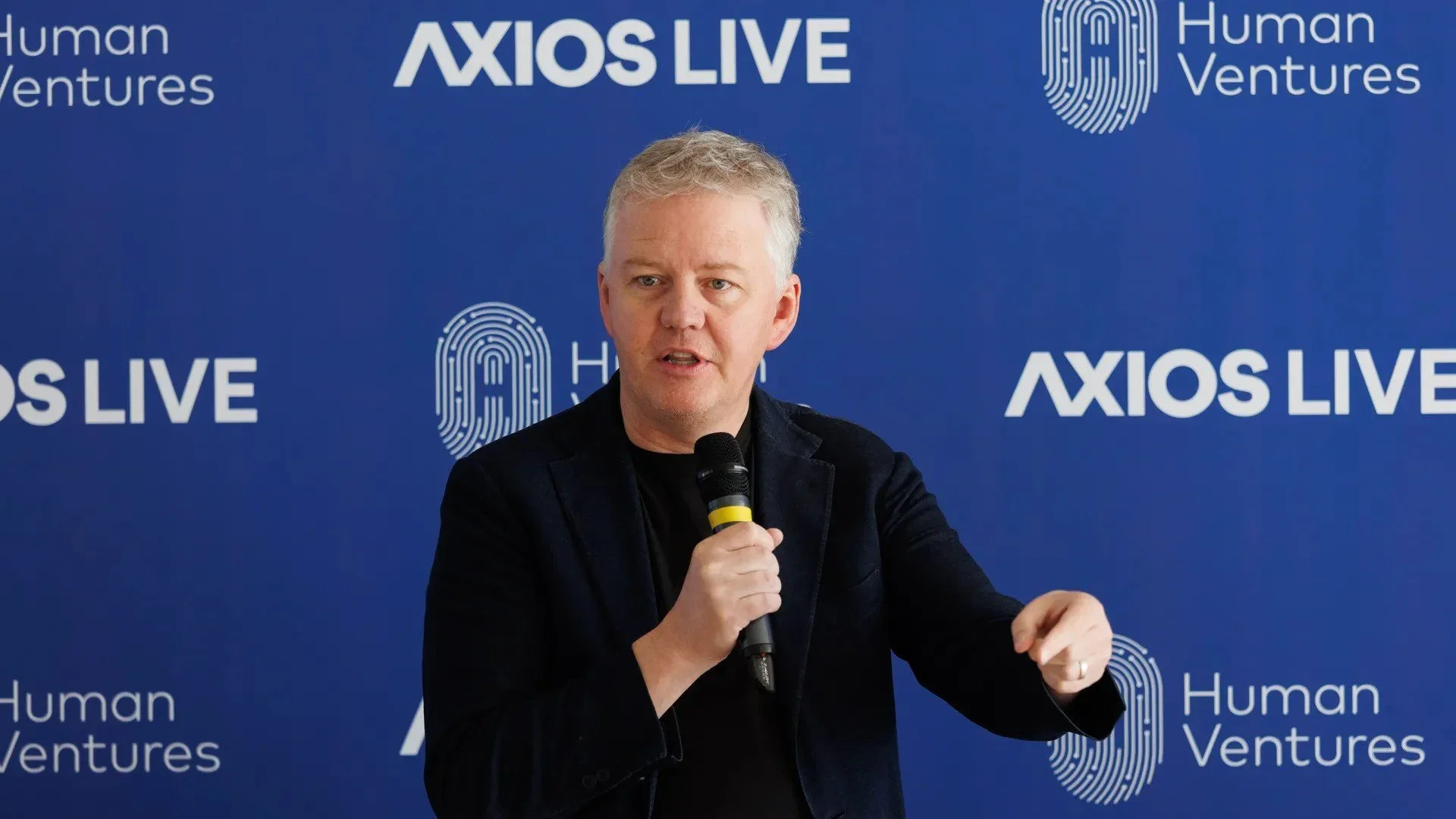The Old Marketing Playbook Is Broken. Here’s What Comes Next
A recent analysis of data from a talk by Cloudflare's CEO, Matthew Prince, put hard numbers to a shift many marketers have been feeling: the way content is used to attract people to websites is fundamentally changing. This is thanks to our new AI-powered reality. The old, unspoken deal with Google—brands create helpful content, and Google sends visitors—is being rewritten.
The data tells a clear story. Ten years ago, for every two pages Google scraped from a site, that site would get about one visitor. A few months ago, it took six pages to get that same visitor. Today, with AI answering questions directly, it now takes about 18 pages to get a single visitor. For platforms like OpenAI, that number jumps to a staggering 1,500 to one.
The reason is simple: people are getting the answers they need right on the search page and, most importantly, are trusting those answers, so they aren't clicking through to verify. Content is still providing the value, but websites aren't getting the visits in return.
The Ripple Effect: A Chain of Consequences
This shift in user behaviour doesn't just result in fewer clicks; it creates a ripple effect across the marketing landscape:
The knee-jerk reaction for many will be to double down and create even more content using AI itself, in an attempt to squeeze more referrals. However, if people aren't clicking through, this strategy just adds to the "AI Bloat"—a web cluttered with low-quality, useless content that fails to build a genuine connection with a single customer.
Next, when that content trap fails to deliver results, marketers will naturally pivot to paid advertising, moving their budgets to channels where they have more control over who they reach.
This mass movement into paid channels creates a simple economic reality: with more competition for the same ad space, costs will go up.
This chain reaction leaves marketers, especially those with smaller budgets, asking the most important question: how can we still make an impact?
A Playbook for What's Next
Navigating this new landscape doesn't necessarily require a bigger budget, but it does require a shift in thinking. It's less about outspending everyone or churning out useless content, and more about being focused, authentic, and creative in your approach. Here are a few ideas to get started:
1. Focus on a Niche and Build Your Tribe
The real opportunity lies in producing authentic, helpful content for a specific niche. The goal is to turn that niche audience into a 'tribe'—an old term for a powerful idea: a loyal community that feels a real connection to the brand. The opportunity here is recognising that people buy from authentic stories; that's how you build your tribe. This is achieved through channels that foster direct relationships, such as newsletters and social media followings. When this works, customers bypass the usual search channels and AI to find the brand directly. They come not because of an algorithm, but because they already know who the brand is and value what it has to say.
2. Create Value, Not Just Content
The old playbook of a blog post leading to a lead magnet and an automated email flow is overdone and less effective in this new landscape. The opportunity is to move beyond just creating articles and start creating value that people can experience directly. This means investing in tangible, high-value activities that build a real community. Think about hosting expert-led events, creating free tools that solve a genuine problem in your niche, or exploring product-led growth with a freemium model that lets people experience your product firsthand. These approaches create brand recall and build an authentic tribe in a way that a simple blog post can't. They provide undeniable value upfront, making your brand an indispensable part of your customer's world.
3. Measure What Matters: Conversions and CPA
In this new landscape where data is becoming increasingly blurred, the key is not to worry about what can't be tracked; the real focus must be on the ultimate business outcome. I was at Google a few weeks back discussing Google Ads with their team. When asked what metrics I optimise for, they seemed surprised when I told them I don't pay much attention to impressions or clicks. It's all about conversions, CPA, and whether there's business coming in. The real skill lies in knowing which levers to pull throughout the funnel to drive a profitable result.
This isn't a new challenge, even if the tools are different. The quote from department store pioneer John Wanamaker, "Half the money I spend on advertising is wasted; the trouble is I don't know which half," is over 100 years old and remains as relevant today as it was then.
The point is, marketers have always navigated uncertainty. We coped then, and we'll adapt now.

